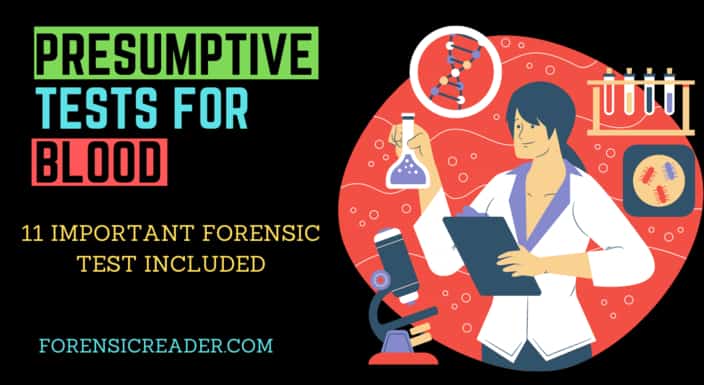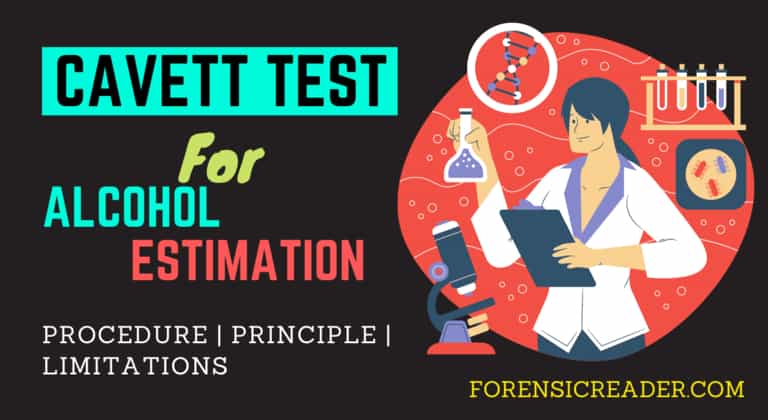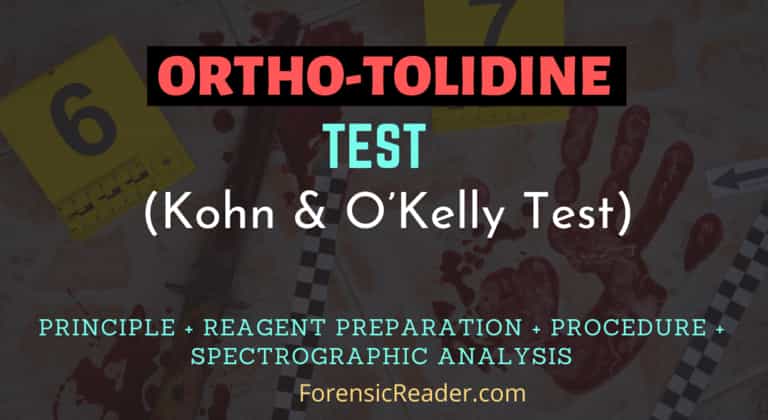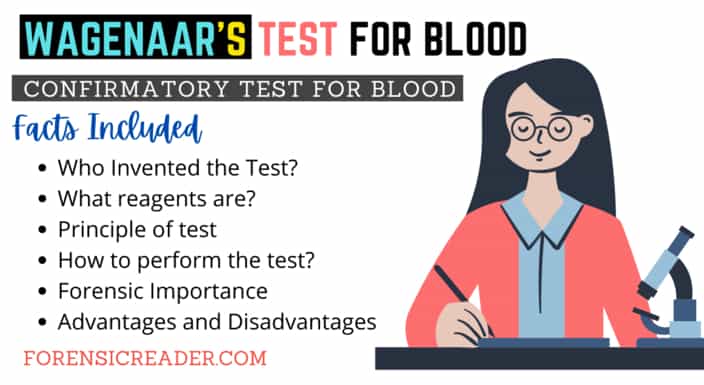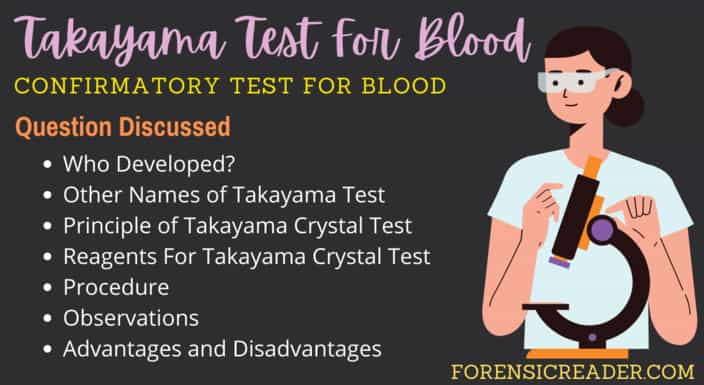Presumptive Blood Tests: 11 Important Forensic Test Included
Blood at the crime scene? The first question would be, “Is the suspected bloodstain is possibly the blood or not?” For that, an examiner has to perform one of the presumptive tests for blood on the field. Table of All Presumptive Blood Test With Their Color Presumptive Test For Blood Reagent Color Adler Test (Benzidine […]
Presumptive Blood Tests: 11 Important Forensic Test Included Read More »

